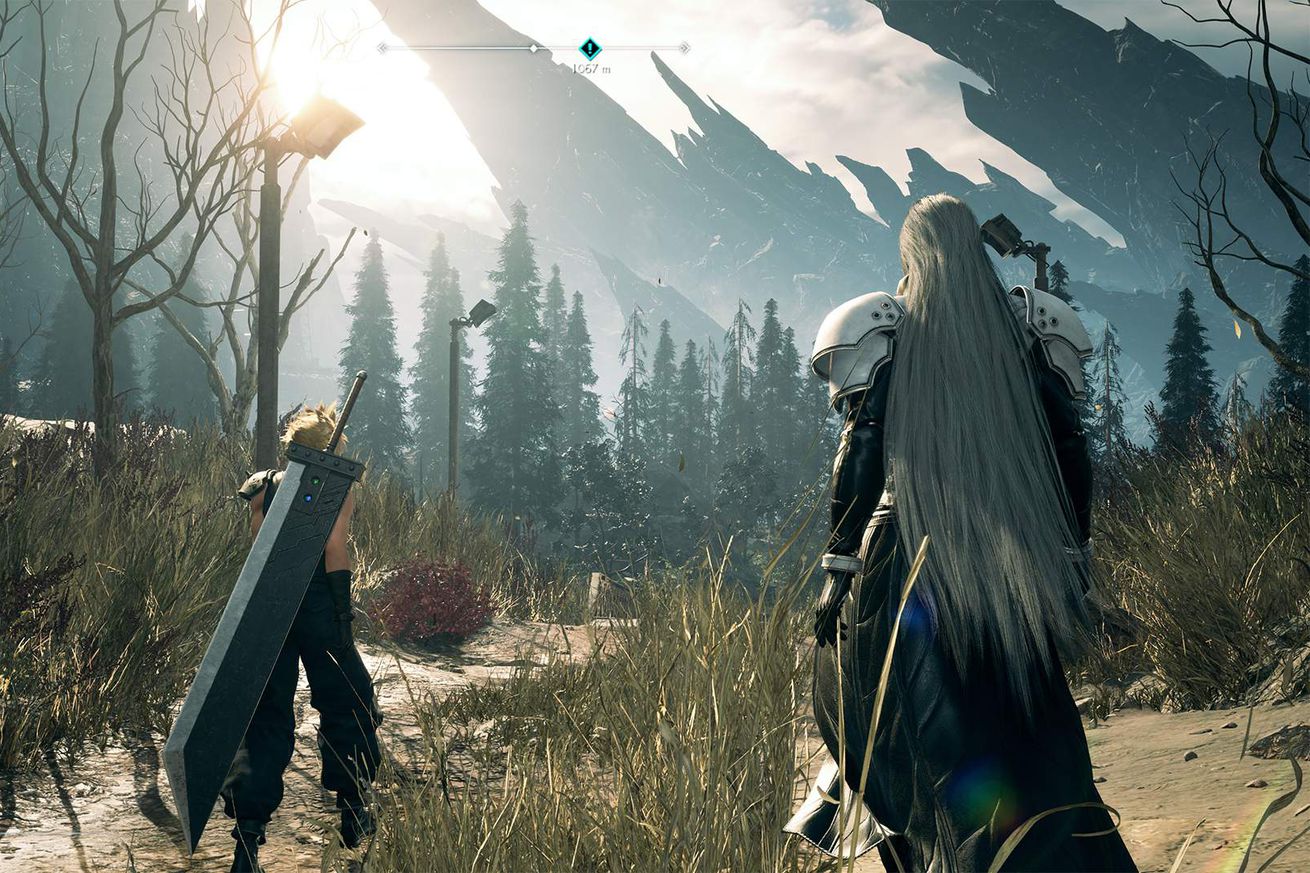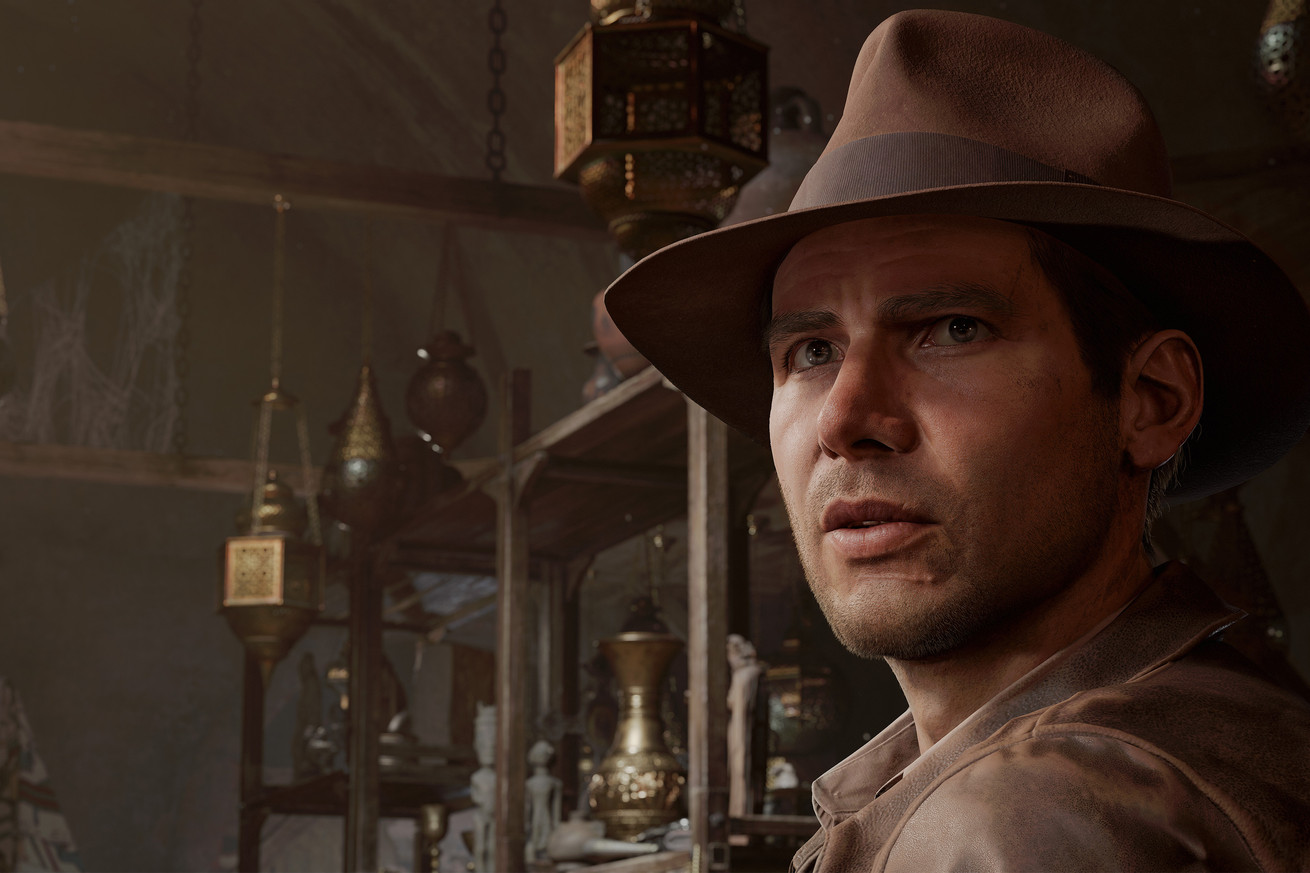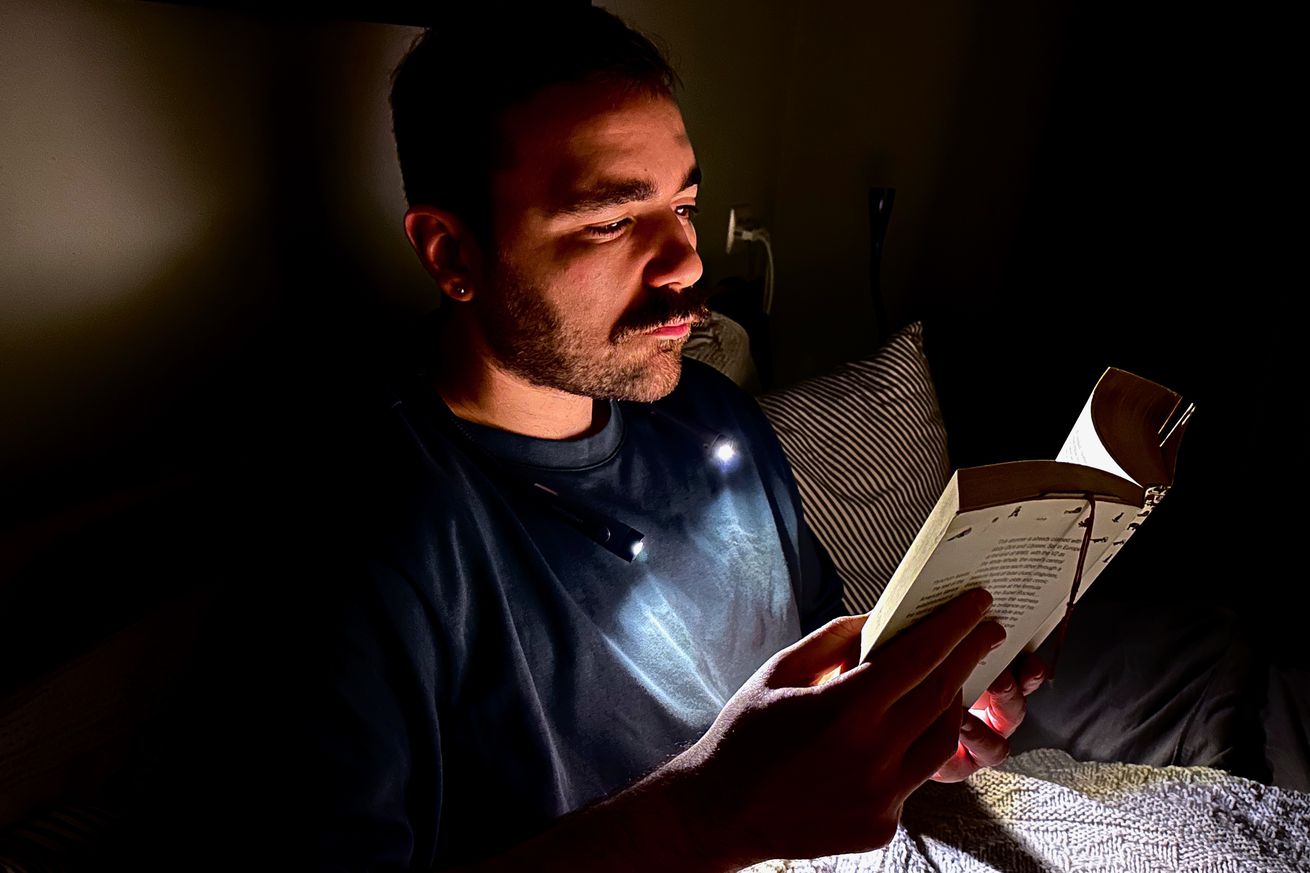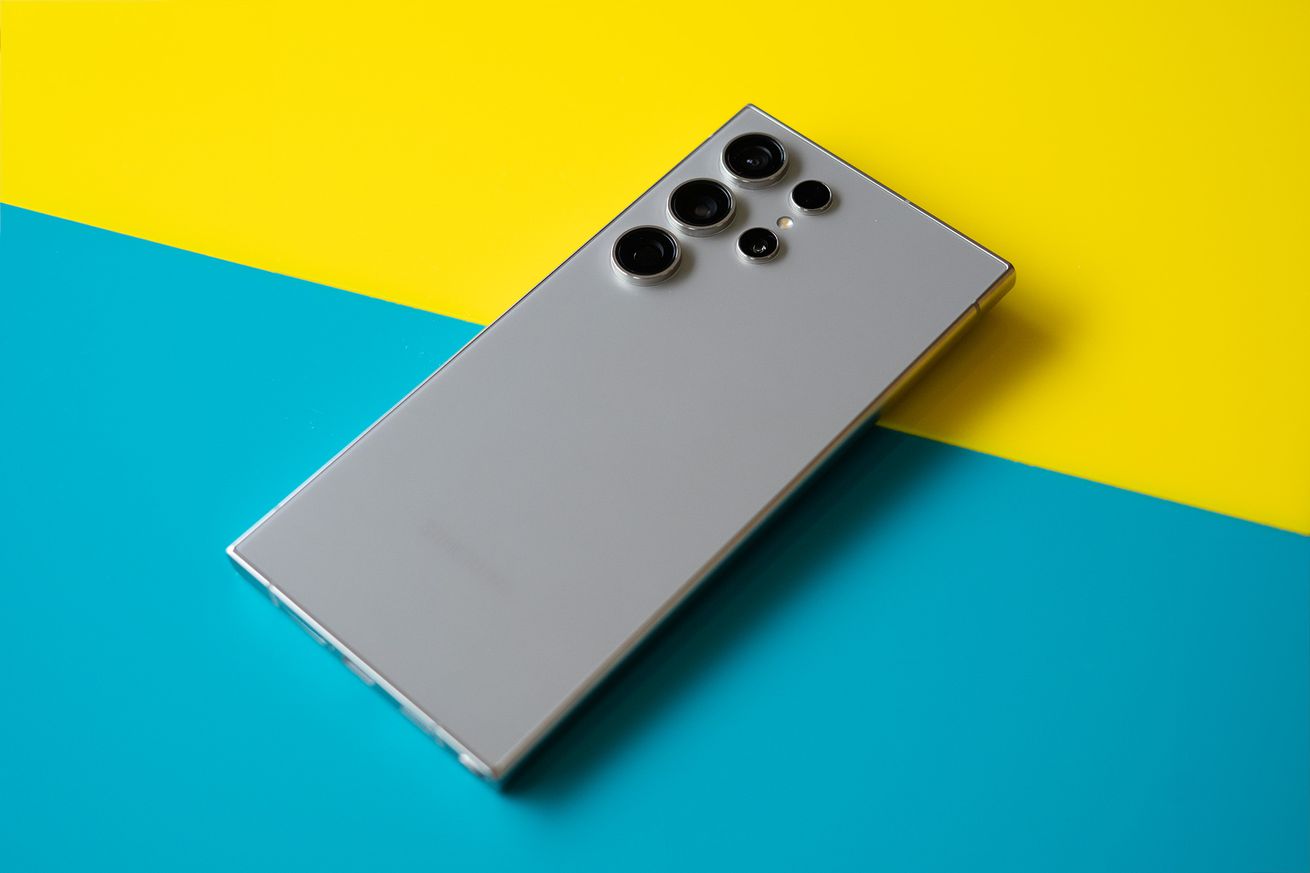
We found the best cameras for your budget and needs.
Even with the ability to take excellent photos with our phones and instantly share them across the world, there’s something magical about the old-school instant camera. With just a click of a button, you can capture a moment in a photo that you can see and touch almost immediately. Images captured by an instant camera aren’t as pristine or perfect as those produced by modern digital cameras, but their soft images and imperfections are often a big part of the allure.
Yet not all instant cameras are the same, and some of them are better suited for different needs and budgets. That’s why we tested some of the most popular instant cameras on the market from brands like Fujifilm, Polaroid, and Kodak.
All of the models featured in our best instant camera guide here are enjoyable to use, but each offers a different set of features at a different price point. As a result, some are more appropriate for a child or budding photographer, while others are more advanced and provide added creative control (for a price). When it comes down to it, though, we consider print quality, ease of use, and affordability to be the hallmarks of a quality shooter. That’s why we picked Fujifilm’s Instax Mini 12 as the best instant camera for most people, as it ticks all three boxes wonderfully.
If you’re looking for more creative control or features like filters, however, the Instax Mini Evo is our choice, one that boasts great image quality and allows you to choose which photos you’d like to print. Other instant cameras, like the second-gen Polaroid Now Plus and Kodak’s Mini Retro 3, also offer a variety of advanced creative modes for those who desire more.
Take a look at this list of our instant camera recommendations to find the best fit for you.
Best instant camera for most people
Film type: Fujifilm Instax Mini film (sold separately) / Film size: 2 x 3-inches / Weight: 306 grams / Charging method: AA batteries / Companion app: None / Other features: Built-in selfie mirror, film counter
If all you’re looking to do is just click a button and get a decent print for a reasonable price, we recommend Fujifilm’s Instax Mini 12. It’s a basic instant camera that’s similar to our former pick, the Instax Mini 11, but with some minor updates. It still takes less than five minutes to start shooting, but the setup process is easier since all you need to do is twist the lens to either “on” or “off.” Such ease of use, combined with the camera’s thinner build, makes it particularly well suited for kids and those new to photography.
/cdn.vox-cdn.com/uploads/chorus_asset/file/24545177/236588_Fujifilm_Instax_Mini_12_SVasani_0003.jpg) Image: Sheena Vasani / The Verge
Image: Sheena Vasani / The Verge
For an instant camera, image quality is also better than most of the other cameras I tested, producing relatively true-to-life photos. Most of the cameras I tested struggled to capture low-light conditions well, and this one is no exception, but the built-in flash does help. Fujifilm claims the Mini 12 optimizes image quality in both dark and bright environments better than its predecessor, but I didn’t notice much of a difference. The flash — which you can’t disable — is also still overpowering in some instances, resulting in a few overexposed images. If anything, the photos actually seemed a little darker and less vivid than before.
However, at least the Instax Mini 12 captured my features and skin color more accurately when I used the included selfie feature — which is really just a small mirror mounted on the front of the camera.
/cdn.vox-cdn.com/uploads/chorus_asset/file/24724410/236588_Fujifilm_Instax_Mini_12_SVasani_0004.jpg) Image: Sheena Vasani / The Verge
Image: Sheena Vasani / The Verge
You can also now zoom in a little easier thanks to a new lens structure, which you can twist to enter the Close-Up Mode in lieu of pressing a button. When in this mode, you can take advantage of the camera’s new “Parallax Correction” feature, which is supposed to result in a more aligned photo. The lens was fun to play with and reminded me of a traditional point-and-shoot, but actually using it to take quality photos takes some time to figure out. As with the Mini 11, it’s still somewhat tricky to center your subject in the frame using this mode, even with the updated lens. Thankfully, it became easier to properly align photos after a couple of attempts (as well as some composition guidance from the manual).
The Mini 12 also offers a number of other niceties. I appreciated the larger-than-average viewfinder and the fact that the camera comes with a small counter that displays the remaining number of shots, which is a feature many of the other instant cameras I tested lacked. It’s easy to lose track of how many photos you’ve taken, especially when out for drinks or while sightseeing on vacation. Yet given each print costs about $1, it’s important to be mindful of how many shots you’ve got left.
All in all, the Instax Mini 12 is a basic camera that caters to all ages and experience levels and gets the job done — and done relatively well. It doesn’t feature Bluetooth or pair with a companion app that allows you to edit photos (only scan them), and it also doesn’t offer advanced features like filters, lens options, or portrait modes. But if you’re looking for an instant camera that offers a great traditional analog experience, this is it.
/cdn.vox-cdn.com/uploads/chorus_asset/file/24545176/236588_Fujifilm_Instax_Mini_12_SVasani_0002.jpg) Image: Sheena Vasani / The Verge
Image: Sheena Vasani / The Verge
Best premium instant camera
Film type: Fujifilm Instax Mini film (sold separately) / Film size: 2 x 3-inches / Weight: 285 grams / Charging method: USB-C (on newer models) / Companion app: Yes / Other features: LCD screen, smartphone printing
One of Fujifilm’s newest instant cameras, the Instax Mini Evo, is my colleague Becca Farcase’s favorite — and it’s mine as well. A hybrid camera that bears a resemblance to Fujifilm’s more expensive Fujifilm X100 line of cameras, it looks good and boasts vintage dials and buttons so stylish that they even caught the attention of passersby as I walked around Los Angeles taking photos.
It’s easy to balk at its $199 price tag, but this camera offers a level of flexibility that could save you money in the long run if you use it a lot. That’s because the Instax Mini Evo includes a full-color three-inch LCD screen that lets you preview and select which images you want to print, which can help you avoid wasting film on unwanted shots. The added flexibility gave me more room for creative experimentation, too, as I wasn’t worried about running out of film. I also loved using the Instax Mini Evo app to print photos from my smartphone. Plus, unlike the Instax Mini 12, the Evo now uses a USB-C port (though older black models still use the Micro USB port) for charging so you don’t need to keep buying new batteries.
/cdn.vox-cdn.com/uploads/chorus_asset/file/23350937/BFARSACE_220328_5108_3.jpg) Image: Becca Farsace / The Verge
Image: Becca Farsace / The Verge
Unlike Fujifilm’s Instax Mini 12, the Mini Evo comes with a few extra features that can help you capture better photos. For example, you can actually turn off the flash on the Mini Evo and use the three-inch LCD screen as a viewfinder. You can also use the menu to adjust how bright you want the film to look when it’s printed out, which was helpful given neither the Evo nor the Mini 12 are particularly great at capturing dark environments.
Additionally, there are dials you can use to apply various lens options and filters, ranging from retro to monochrome shades, as well as a mirror lens, vignette, soft focus, and more. You can take app-based remote shots, too, which adds an extra element of photographic control that can help you take better selfie shots than the selfie mirror in the front.
/cdn.vox-cdn.com/uploads/chorus_asset/file/23601818/svasani_220525_5251_0009.jpg) Image: Sheena Vasani / The Verge
Image: Sheena Vasani / The Verge
Of course, it’s not a perfect device, and there are some downsides to consider outside the price. For instance, although you can add some filters and make a few edits using Fujifilm’s companion app, it just isn’t as feature-rich as some of the apps available for the other digital and hybrid instant cameras I tested. The Evo’s extensive menu system also wasn’t particularly easy to navigate, and it took me some time to figure out how to turn the flash on and off. Plus, if you rely on internal storage solely, you can only take 45 images before the device is full. Still, all of these are minor issues, and I was very happy overall with how portable the stylish camera is, as well as how easy it is to take good photos quickly.
Read our Fujifilm Instax Mini Evo review.
/cdn.vox-cdn.com/uploads/chorus_asset/file/23350940/BFARSACE_220328_5108_5.jpg) Image: Becca Farsace / The Verge
Image: Becca Farsace / The Verge
Best instant camera for social occasions
Film type: Kodak Instant Print 3 x 3-inch cartridge (included) / Film size: 3 x 3-inch square prints / Weight: 467 grams / Charging method: Micro USB / Companion app: Yes / Other features: LCD screen, smartphone printing
Whereas the Instax Mini Evo’s companion app is more functional, Kodak’s hybrid Mini Shot 3 Retro is all about fun. The camera’s accompanying mobile app allows you to apply frames, stickers, filters, and a plethora of customization options to photos, making the camera great for scrapbooking. There’s even a beauty feature within the app to conceal blemishes, as well as a set of Snapchat-like filters you can use to add, say, dog ears, making this a fun instant camera to use as a mini photo booth of sorts at parties.
/cdn.vox-cdn.com/uploads/chorus_asset/file/23601821/svasani_220525_5251_0012.jpg) Image: Sheena Vasani / The Verge
Image: Sheena Vasani / The Verge
Like the Instax Mini Evo, Kodak’s Mini Shot 3 Retro comes with an LCD screen (albeit a much smaller one) you can use to decide whether or not you want to print a shot. It also supports Bluetooth, and you can use the Kodak Photo Printer app to upload photos to social media or print decent, relatively crisp photos from your smartphone. Unlike the Mini Evo, however, Kodak’s Mini Shot 3 Retro retails for around $150 and includes a pack of a film (it’s also often on sale for a lot less). It also uses cheaper film; you can currently pick up a 60-sheet cartridge for about $17.99, which equates to roughly $0.33 a shot. The fact that the film is cheaper arguably encourages play and creative experimentation, even if the large 3 x 3-inch square prints feel lower in quality and more flimsy than both Fujifilm’s and Polaroid’s.
/cdn.vox-cdn.com/uploads/chorus_asset/file/23601823/svasani_220525_5251_0014.jpg) Image: Sheena Vasani / The Verge
Image: Sheena Vasani / The Verge
However, there are notable drawbacks to the Kodak Mini Shot 3. My biggest issue is that the resulting prints of photos taken with the camera aren’t nearly as crisp or clear as those taken with a smartphone. Photo quality wasn’t consistently as good as the Mini Evo’s or Mini 12’s nor, for the most part, as clear and sharp. The photos also sometimes had an excessive pink tint that can interfere with quality. It doesn’t store images the way the Mini Evo does, either, which means you can’t decide whether you’d like to print them later. It’s also noticeably heavier than the Mini Evo and, frankly, nowhere near as stylish.
Nonetheless, if you don’t mind compromising on photo quality and want a relatively affordable hybrid camera that comes with a bunch of fun app features, the Kodak Mini Shot 3 Retro is a good choice.
Best instant camera for retro fans
Film type: Polaroid i-Type Color Film (sold separately) / Film size: 4.2 x 3.5-inch prints / Weight: 451.5 grams / Charging method: USB-C / Companion app: Yes / Other features: Lens filter kit, film counter
If you’re looking for an instant camera that offers the most old-fashioned, instant-film experience, the second-gen Polaroid Now Plus is the camera for you. Compared to the other instant cameras on this list, it most closely resembles vintage instant cameras like the Polaroid 600 with its classic, retro-inspired design. Meanwhile, its square I-Type film prints and iconic Polaroid-style frame give photos a more authentically vintage look.
/cdn.vox-cdn.com/uploads/chorus_asset/file/23601809/svasani_220513_5251_0028.jpg) Image: Sheena Vasani / The Verge
Image: Sheena Vasani / The Verge
Yet, at the same time, the second-gen Polaroid Now Plus also comes with the convenience and usefulness of more modern features, including support for USB-C charging. It also offers Bluetooth support and a companion app boasting several creative modes that allow for greater photographic control. These include a remote shutter, a self-timer, and a “Polaroid Lab” where you can adjust the exposure and various color settings. The app also features a handful of shooting modes — including a manual option and one for capturing multiple exposures — while the camera includes a set of five colored lenses you can snap onto the front. These were enjoyable to play with and allowed for more artistic expression.
/cdn.vox-cdn.com/uploads/chorus_asset/file/24984864/236831_best_instant_cameras_you_can_buy_right_now_SVasani_0002.jpg) Photo by Sheena Vasani / The Verge
Photo by Sheena Vasani / The Verge
If there’s one thing the Polaroid Now Plus isn’t known for, it’s portability. Given how heavy, large, and awkwardly sized it is, it’s not the kind of instant camera you can easily slip into your purse or carry around. Plus, it takes up to 15 minutes for prints to develop, and you have to make sure it’s not exposed to light while developing. That’s quite an inconvenience if you’re out with friends, say, at the beach on a sunny day.
/cdn.vox-cdn.com/uploads/chorus_asset/file/24984866/236831_best_instant_cameras_you_can_buy_right_now_SVasani_0004.jpg) Photo by Sheena Vasani / The Verge
Photo by Sheena Vasani / The Verge
If you’re looking for an instant camera that can easily print a good, clear photo without much effort on your part, this is not the camera for you. Of all the cameras on this list, the latest Polaroid Now Plus struggles with low-light environments the most. I could barely see images I took indoors, and I was only able to get the clearest shots when the light was directly behind me during the day — more specifically, in the morning. Even these images weren’t as clear in comparison to Instax film, and both contrast and color saturation levels tend to be quite low.
Admittedly, this gave my pictures more of a dreamy vintage look that felt artistic, and you can use the Polaroid Lab to slightly adjust saturation and exposure settings. However, doing so is time-consuming. Given all these issues, I found it was easy to quickly waste film, which proved expensive. After all, you only get eight I-Type sheets for $16.99, and that’s in addition to forking out $149.99 for the camera.
Truth be told, however, you could argue that many of these shortcomings are typical of a retro Polaroid-inspired instant camera and, thus, part of the experience. If that’s what you’re looking for, and you don’t mind the price, the second-gen Polaroid Now Plus is the perfect camera for you.
As a final note, it’s worth mentioning that while the older, first-gen Polaroid Now Plus is no longer a part of Polaroid’s official lineup, some retailers still have it in stock at a discounted price. Except for the fact the new model features USB-C and replaces the blue option with a green colorway, the two cameras are identical. So if price matters more to you than relatively fast charging, you’ll be just as happy with the first-gen model.
/cdn.vox-cdn.com/uploads/chorus_asset/file/24984863/236831_best_instant_cameras_you_can_buy_right_now_SVasani_0001.jpg) Photo by Sheena Vasani / The Verge
Photo by Sheena Vasani / The Verge
Best instant camera for portability
Film type: Polaroid i-Type Color Film (sold separately) / Film size: 2.6 x 2.1-inch prints / Weight: 242 grams / Charging method: Micro USB / Companion app: Yes / Other features: Selfie mirror, film counter
Whereas the Polaroid Now Plus is huge, the Polaroid Go is tiny. When I first held it, I couldn’t help but find it adorable. It easily fits into the palm of my hand — which is saying a lot given I’m petite and a little over five feet tall. In fact, it’s so small there were times I forgot I was even carrying it in my purse, making this easily the most portable instant camera on our list. It even produces the tiniest prints of all the instant cameras I tested, which could be nice if you’re trying to save some space and want something even smaller than Instax Mini prints.
Weighing just over a pound, the Polaroid Go is also the lightest instant camera I’ve ever held, and you can easily use it with one hand. That’s actually pretty convenient, given I sometimes struggled to take pictures with the heavier Polaroid Now Plus and, to a lesser extent, some of the other instant cameras I tested. In fact, if the images produced looked more true-to-life and didn’t require you to hide them from light for about 15 minutes while developing, I’d be tempted to call this the best instant camera for travel or small children.
/cdn.vox-cdn.com/uploads/chorus_asset/file/24855053/polaroidgolandscape.jpg) Image: Sheena Vasani / The Verge
Image: Sheena Vasani / The Verge
The Polaroid Go is also one of the most affordable Polaroid cameras currently on the market, with film that costs just a little more than Fujifilm’s Instax Mini shots (or about $19.99 for a 16-sheet double pack). Thankfully, the low price doesn’t come at the expense of image quality. While the Go struggles with capturing low-light environments like the bulk of the cameras on our list, it’s not to the same extent as the Polaroid Now Plus. Surprisingly, it was easier to capture clearer photos indoors, which meant I didn’t waste as much film. Contrast and color saturation levels are still low, but in a way that still exudes the vintage, almost dreamy look of the photos the Now Plus prints.
/cdn.vox-cdn.com/uploads/chorus_asset/file/23601830/svasani_220526_5251_0024.jpg) Image: Sheena Vasani / The Verge
Image: Sheena Vasani / The Verge
Unlike the Polaroid Now Plus, however, the Go lacks creative modes and more advanced features, although double-pressing the flash button does give you double-exposure shots. There’s also no Bluetooth support and thus no fancy app that will allow you to add extra effects — although, thankfully, it is rechargeable and includes a Micro USB charging cable. In addition, as mentioned, the prints are even smaller than the Instax Mini, which could be a drawback for those who prefer larger, more traditional Polaroid photos. While it produces similar vintage-style shots, design-wise, it doesn’t look anything like old-school Polaroid cameras either, which could also take away from the retro experience some desire.
That said, none of the older Polaroid cameras came with an app either. All in all, the Go’s simplicity makes it a suitable candidate for those seeking a camera that provides a more traditional instant film experience — one they can take advantage of just about anywhere.
A few more good instant cameras (and one to avoid)
Instax Square SQ1
While it didn’t make the cut, the Instax Square SQ1 is worth a brief mention. Like the Mini 12, the Instax Square SQ1 produces good-quality shots, is easy to set up and use, and comes with a built-in selfie mirror. The reason we didn’t include it above, however, is that it costs nearly twice as much as the Mini 12 at $119.95, though we do sometimes see it on sale for $100.
That said, it might be worth a look if you prefer large 2.4 x 2.4-inch square prints and relatively true-to-life photos over vintage-looking stills. After all, the SQ1 is still cheaper than the Polaroid Now Plus and produces higher-quality images than the Kodak Mini Shot 3 Square Retro, which also prints similarly sized square shots.
Fujifilm also sells the newer Instax Square SQ40. It’s similar to the Instax Square SQ1 but with a vintage look that’s more visually striking, yet it’s also more expensive at $149.95. Given it produces similarly good-quality photos and is not likely to go on sale anytime soon, I’d recommend the Instax Square SQ1 or the more capable Instax Mini Evo for $50 more.
Avoid the Kodak Printomatic
We also tested a few instant cameras that we would advise people to steer clear of. The Kodak Printomatic is chief among those, and we specifically mention it because it’s often one of the bestselling instant cameras on Amazon. We suspect that’s because it’s routinely on sale for $49.99 ($30 off) with a pack of film — specifically, a 10-pack of Zink photo prints with adhesive backings so you can use the images as stickers. However, if you’re simply looking for a budget-friendly instant camera, it’s not worth purchasing over Fujifilm’s Instax Mini 12.
As is common with Zink photos, the Printomatic’s resulting photo quality isn’t clear and tends to be oversaturated. In fact, many photos were so bad that I barely recognized the subject in the frame. The camera is also slow to print and wasn’t always responsive when I pressed the shutter button, which meant I occasionally had to press it a few times to take a shot. All in all, it was a frustrating camera to use that’s not worth the $30 you may save by picking it over Fujifilm’s Instax Mini 12. Besides, you’ll probably be using the money saved to buy extra film given how many prints you’ll waste.
Update February 6th, 2023: Adjusted prices.

/cdn.vox-cdn.com/uploads/chorus_asset/file/25269700/53505363795_df791dc348_h.jpg) Image: Sony
Image: Sony
/cdn.vox-cdn.com/uploads/chorus_asset/file/25269701/53504940481_9834c571b9_h.jpg) Image: Sony
Image: Sony



/cdn.vox-cdn.com/uploads/chorus_asset/file/25267274/A1_Heatbed_Cable_Bending.png) Image; Bambu Lab
Image; Bambu Lab
/cdn.vox-cdn.com/uploads/chorus_asset/file/25267276/Heatbed_Cable_Callback.png) Image: Bambu Lab
Image: Bambu Lab


/cdn.vox-cdn.com/uploads/chorus_asset/file/25263694/1000001004.png)

/cdn.vox-cdn.com/uploads/chorus_asset/file/25265495/videoframe_259102.png) Image: iFixit
Image: iFixit


/cdn.vox-cdn.com/uploads/chorus_asset/file/22954538/cgartenberg_211020_4819_0005.jpg) Photo by Chaim Gartenberg / The Verge
Photo by Chaim Gartenberg / The Verge
/cdn.vox-cdn.com/uploads/chorus_asset/file/24079874/Amazon_Kindle_Kids_2022_Lifestyle_Press_Image.jpg) Image: Kindle Kids
Image: Kindle Kids
